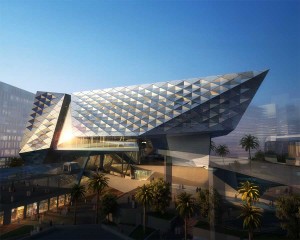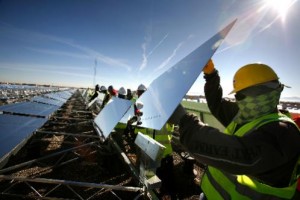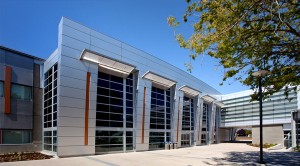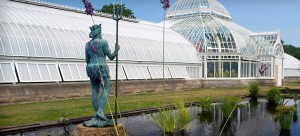 “First and foremost, making the Empire State Building energy efficient was a sound business decision that saved us millions of dollars in the first year,” said Anthony Malkin of the Empire State Building Company. “We have a proven model that shows building owners and operators how to cut costs and improve the value of their buildings by integrating energy efficiency into building upgrades.” One year after an innovative building retrofit project, the Empire State Building is ahead of plan and has exceeded its year one energy-efficiency guarantee by five percent, saving $2.4 million and establishing a commercial real estate model for reducing costs, maximizing return on investment, increasing real estate value, and protecting the environment.
“First and foremost, making the Empire State Building energy efficient was a sound business decision that saved us millions of dollars in the first year,” said Anthony Malkin of the Empire State Building Company. “We have a proven model that shows building owners and operators how to cut costs and improve the value of their buildings by integrating energy efficiency into building upgrades.” One year after an innovative building retrofit project, the Empire State Building is ahead of plan and has exceeded its year one energy-efficiency guarantee by five percent, saving $2.4 million and establishing a commercial real estate model for reducing costs, maximizing return on investment, increasing real estate value, and protecting the environment.
Mr. Malkin and the Clinton Climate Initiative (CCI) Cities program, an aligned partner of the C40 Cities Climate Leadership Group, assembled a coalition of leading organizations focused on energy efficiency and sustainability. The team was comprised of the Empire State Building Company, LLC; Johnson Controls, Inc.; Jones Lang LaSalle; and Rocky Mountain Institute.”Mr. Malkin had a vision of bringing innovation to his historical landmark. The results are just beginning to pay off while at the same time creating a new model for the world to follow,” said Dave Myers, president of Johnson Controls, Building Efficiency. “It is critical that we tackle the billions of square feet of inefficient office buildings around the world to meet our growing energy needs, save money, create jobs, and reduce greenhouse gas emissions.”
The core energy efficiency retrofit at the Empire State Building is complete, with the balance of the project to be finished as new tenants build out high-performance workspaces. Not only is the Empire State Building more energy efficient, but it is also estimated to have saved 4,000 metric tons of carbon, the equivalent of that offset by 750 acres of pine forests. Once all tenant spaces are upgraded, the building will save $4.4 million a year, a 38 percent reduction of energy use that will cut carbon emissions by 105,000 metric tons over the next 15 years. In the United States, 40 percent of energy is consumed by buildings, according to the World Business Council for Sustainable Development. In dense urban settings like New York City, commercial buildings account for up to 75 percent of energy used. If every commercial building in New York City followed this blueprint, carbon emissions would be reduced by 4 million tons – the equivalent to that generated by a typical coal-fired power plant.





